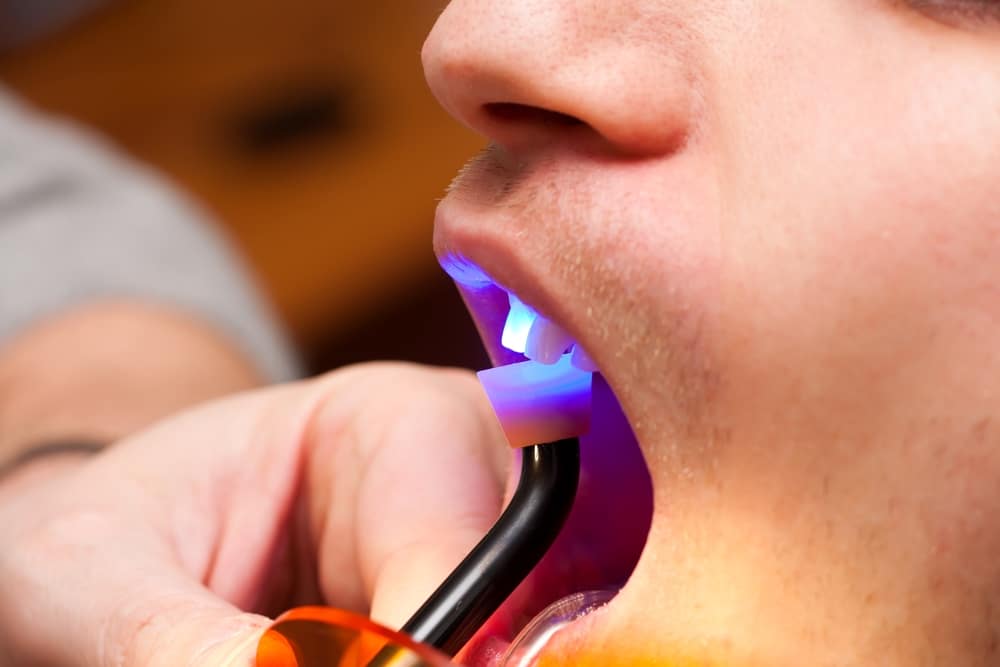
Our smiles are one of our most important physical features. As we age, teeth can become worn, discolored, and less attractive. Dr. Helen Ragsdale offers several cosmetic treatments at her Austin, TX dental office that can add symmetry and beauty to your smile. Two popular treatments (dental bonding and porcelain veneers) treat similar cosmetic blemishes in different ways. If you are wondering which cosmetic treatment will work best for you, this overview touches on the benefits of both procedures.
How Does Dental Bonding Work?
Cosmetic dental bonding uses the same material that fills cavities. Dr. Ragsdale can carefully color-match the composite resin to correct cosmetic issues. Dental bonding can be applied in one easy visit to our Austin dental office.
The conservative and non-invasive procedure begins when Dr. Ragsdale prepares the surface of your tooth to receive the bonding material. This is done using an etching material. Dr. Ragsdale then artfully applies the bonding material and shapes it to fit your tooth. The final steps involve hardening the bonding material using a special light and then making small adjustments as needed.
Dental bonding can address:
- Chips
- Gaps
- Stains
- Worn teeth
- Short teeth
How are Porcelain Veneers Placed?
Porcelain veneers are wafer-thin shells of porcelain that are attached to the front of a patient’s anterior teeth. Before the shells can be attached, a thin layer of tooth enamel must be removed. Dr. Ragsdale will perform the procedure using local anesthesia and possibly sedation. Once your teeth have been prepped, a mold of your teeth will be made. After a few weeks, your new veneers will arrive at our office. During the second and final visit, your veneers will be placed using a strong bonding agent. Porcelain veneers can last several years or longer if properly maintained and cleaned.
Porcelain veneers can address:
- Misaligned teeth
- Discolored teeth
- Chipped teeth
- Gaps
- Misshapen teeth
Which Option is Right for Me?
The most significant difference between dental bonding and porcelain veneers is the lifespan of the treatments and cost. Dental bonding is considerably lower in cost compared to porcelain veneers, but the results will not last as long. Dental bonding may need to be replaced every few or several years while porcelain veneers can last 10 years, 15 years, or even longer.
Unlike porcelain veneers, dental bonding is completely reversible. There is no discomfort associated with dental bonding while prepping your teeth for porcelain veneers may cause minor and temporary side effects, such as temperature sensitivity.
Porcelain veneers can address misaligned teeth, while dental bonding is reserved for minor cosmetic issues. If your teeth are significantly out of alignment, you may be a better candidate for Invisalign treatments. There is a limit to how much bonding material can be attached to a single tooth, meaning that significant cosmetic problems may require porcelain veneers.
During your consultation, Dr. Ragsdale will discuss both cosmetic treatments in detail.
Schedule Your Dental Bonding Appointment Today
Dr. Ragsdale can correct chipped, worn teeth, and stained teeth with dental bonding. Call our Austin dentist office at (512) 346-4690 to schedule an appointment. Austin Laser Dentistry proudly serves patients from Austin, Round Rock, and all surrounding communities.
